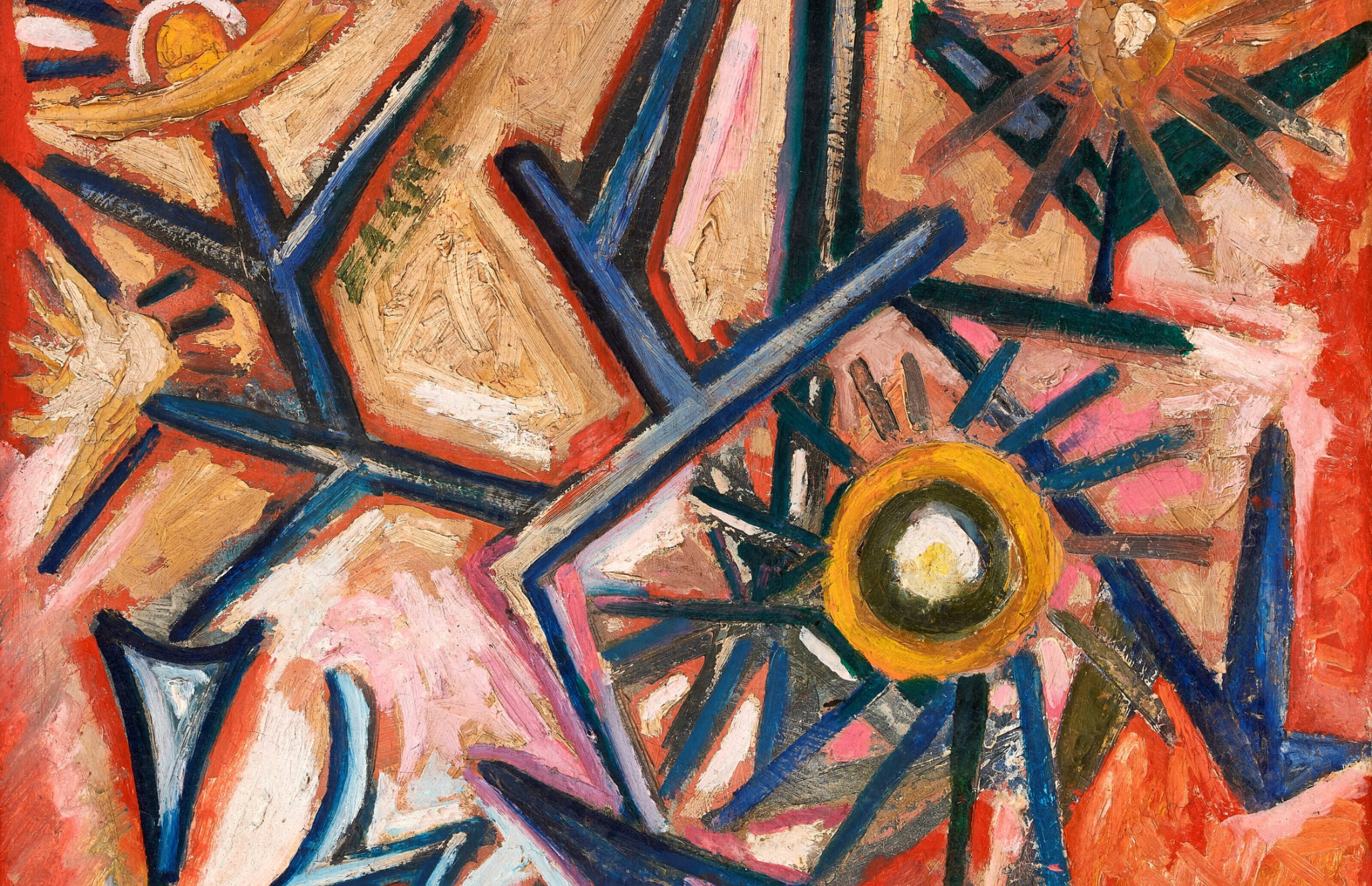THE LORE OF RED
Red has been extensively utilised to symbolise a plethora of concepts and emotions, encompassing the divine, love, insatiable lust, or rage. From Georgia O’Keeffe’s Red Cannas to The Wedding Dance by Pieter Bruegel the Elder in 1566, different shades of red have seeped in through culture, art, literature, and history. Red retained an appellation of sorts of distinction in the occidental world up until the time of the Middle Ages.

Red’s perception was such that most cultures didn’t just consider it a colour more superior than others, but the only colour deserving enough to be employed for any social purpose. Interestingly, several older languages did not assign a word for different colours, instead red was used interchangeably to refer to other colours as well.


Red was the first colour produced and adopted for painting or dying. In ancient times, the colour red came to symbolise strength, prosperity, and battle. It had symbolic value throughout the Middle Ages as a hue that represents love, splendour, and beauty in addition to its religious vitality as the colour of Christ’s blood and the embers of Hell. However, red’s popularity started to wane during the Protestant Reformation as it came to be associated with privilege, immorality, and the excesses of the Catholic church. Albeit, Red was revered after the French Revolution as the colour of progressive movements and extreme left-wing ideologies.
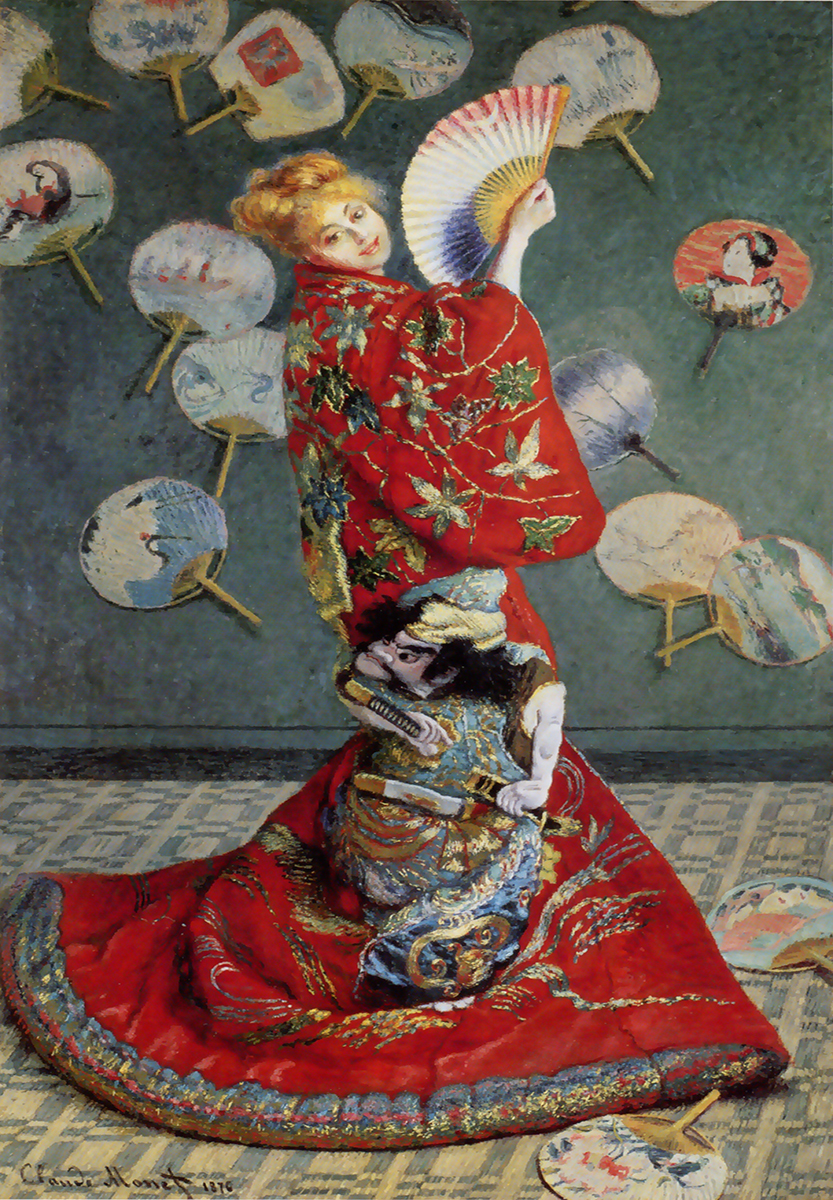
Hues of the colour have splashed and stained different cultures differently. From the brightly coloured frescoes that the Romans used to decorate their homes, the pigment for which, vermilion, was only available to the affluent and derived from the mineral, cinnabar, to the highly toxic Red lead or minium that Van Gogh extensively employed through his works. Speaking of toxic reds, in the 1850 novel, The Scarlet Letter by Nathanie Hawthorne, Hester Prynne is ostracised for adultery. A very accurate repercussion considering the novel was set in a Puritan New England society, and our much admired brosephine’s sin is on display in the form of a patch of fabric in the shape of an “A” in red sewn into her clothes.
Red also remained symbolic of power and courage especially for the monarchs. In a portrait of Princess Elizabeth I, she is decorated in red – Red dress, red jewels, red coif. To amplify her strength, moral ideologies and a woman’s political puissance.
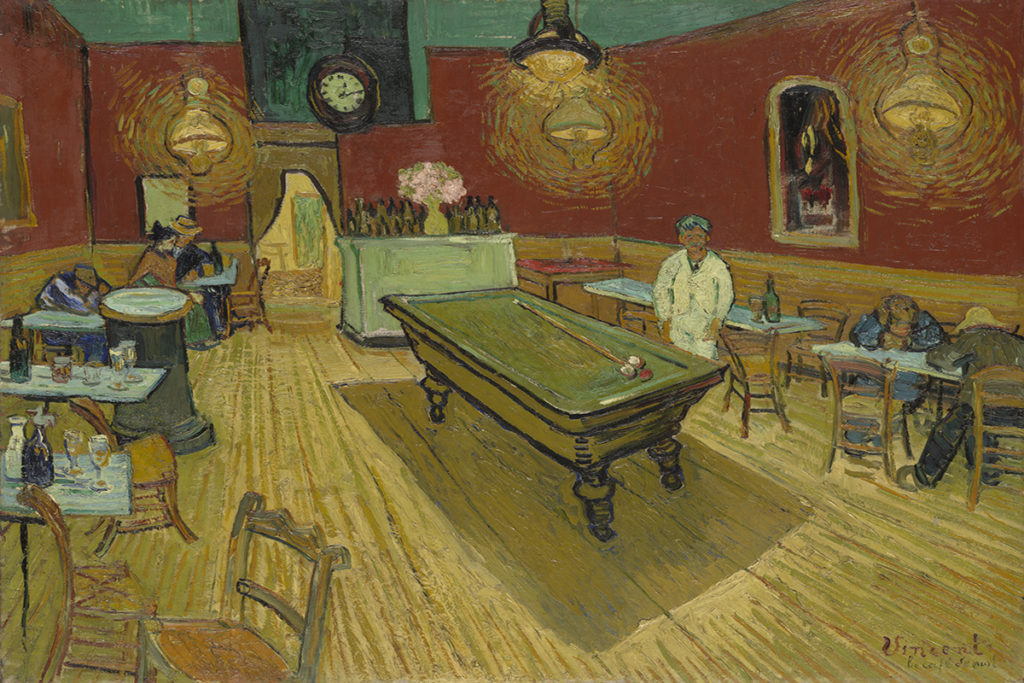
To delve further into synthetic vermilion or Red lead, one can trace its origins back to Chinese history and iconography.
The earliest known synthetic vermilion was reportedly created by the Chinese, maybe as early as the fourth century BC. The resulting pigment, which Arab alchemists brought to Europe, was frequently employed by Renaissance artists, especially Titian, who gained notoriety for layering the bright colour. Through the twentieth century, vermilion was the most widespread red pigment, prior to its hazardous effects and high expense which necessitated most painters switching to Cadmium red. In recognition of its cultural significance in China, vermilion is also referred to as “Chinese Red”, and was regarded as an imagery of the vibrancy or sustenance of life and the riches. While on the subject of synthetic vermilion, it was often found to be nearly as expensive as a gold leaf. Consequently, it was reserved for the most crucial elements of a manuscript during the time.
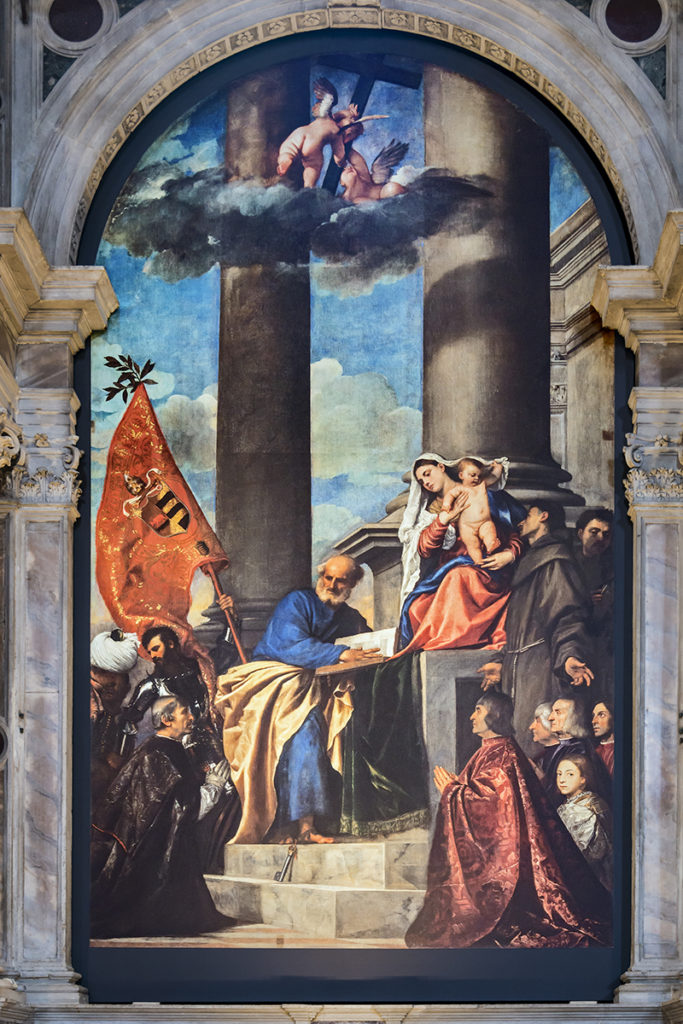
Similarly, Minium is known to have been first manufactured by the Chinese during the Han Dynasty. Given that it is created by roasting white lead pigment, it is regarded as one of the earliest synthesised pigments. It was commonly employed in mediaeval manuscripts as well as Persian and Indian miniature art since it was less expensive than cinnabar-based pigment.
Lastly, this wouldn’t be complete without mentioning Mark Rothko’s Red series. His most recognisable abstract pieces often have vibrant colours that cover the canvas, compelling the audience to look at the colour in all of its nuanced tones and hues.
The profundity and luminosity of Rothko’s paintings is the result of his technique of applying numerous coats of paint and the unique reflective properties of his colour combinations. One is engulfed in a very powerful world of visual stimulation upon viewing his works up close. This series was so impactful that later in 2009 a play was produced by Donmar Warehouse, London on the abstract expressionist’s life detailing his struggle with rising commercialisation of art and self identity.
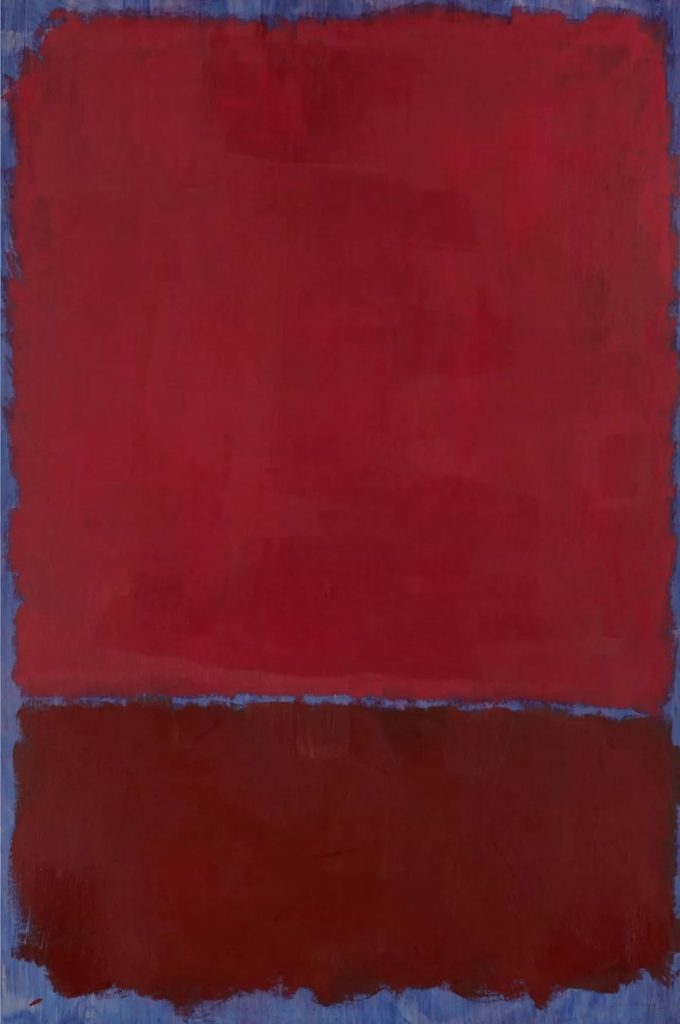
“There is only one thing I fear in life, my friend…One day the black will swallow the red,” remarks Rothko in a conversation with his assistant Ken.
Concludingly, Red is territorial, it is the colour of sad proses and victory, calamitous love and freedom, it is the colour for onomatopoeia and for revolution.
Text by Asmita Singh
Image Courtesy: Wikimedia Commons
Find out more about Red:
https://artsandculture.google.com/story/the-secret-history-of-the-color-red/-wXxao99SLXVKg?hl=en


